The U.S. Defense Department has developed a grand strategy to protect Taiwan from a potential Chinese military offensive, centered around flooding the area with thousands of drones. This plan, described as creating an “unmanned hellscape,” aims to delay a Chinese attack long enough for the U.S. and its allies to mobilize additional military assets in the region, according to a recent report from WIRED.
The Drone Advantage
China currently holds a significant advantage in military Drone Technology and production capacity. To counter this, the Pentagon’s strategy involves:
- Deploying massive autonomous drone swarms
- Using drones for intelligence, surveillance, and reconnaissance
- Employing kamikaze drones and drone boats for offensive capabilities
U.S. Indo-Pacific Command chief Navy Admiral Samuel Paparo colorfully described the plan at the International Institute for Strategic Studies’ annual Shangri-La Dialogue: “I want to turn the Taiwan Strait into an unmanned hellscape using a number of classified capabilities, so that I can make their lives utterly miserable for a month, which buys me the time for the rest of everything.”
Replicator Initiative
To realize this vision, the Pentagon has launched the Replicator initiative, aimed at producing thousands of “attritable autonomous systems” across multiple domains within 18 to 24 months. Key developments include:
- Accelerated fielding of over 1,000 Switchblade-600 loitering munitions
- Procurement of uncrewed “interceptor” surface vessels under the Production-Ready, Inexpensive, Maritime Expeditionary (Prime) effort
- Deployment of the first Replicator systems to the Indo-Pacific region
Challenges and Concerns
Despite the ambitious plans, there are concerns about the U.S. defense industrial base’s capacity to produce drones at the required scale. A Center for a New American Security (CNAS) report warns that the current industrial base may not be “capable of producing the quantities of drones needed for a war with China.”
Stacie Pettyjohn, a senior fellow and director of defense programs at CNAS, points out a key vulnerability: “Even if Taiwan had Chinese drones available to them, they would have to hack in to each system to ensure they can’t be tracked by DJI or don’t have similar vulnerabilities.”
DroneXL’s Take
The Pentagon’s “drone hellscape” strategy represents a significant shift in military thinking, emphasizing the critical role of unmanned systems in modern warfare. This aligns with recent trends we’ve seen in drone technology, where rapid advancements are reshaping battlefield tactics. The success of this strategy will likely depend on the U.S.’s ability to scale up production and innovate quickly, mirroring the agility we’ve seen in commercial drone development. As we continue to cover developments in military drone use, it’s clear that the future of warfare is increasingly unmanned.
What are your thoughts on this drone-centric defense strategy? Share your opinions in the comments section below.
The featured image is for illustration purposes only.
Discover more from DroneXL
Subscribe to get the latest posts sent to your email.
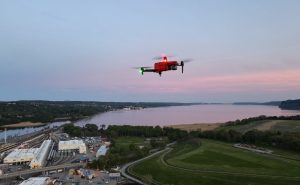
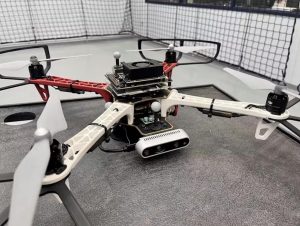

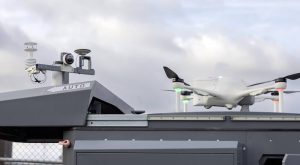



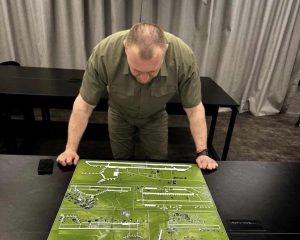
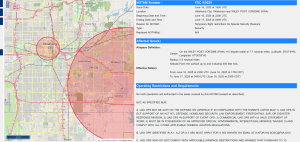
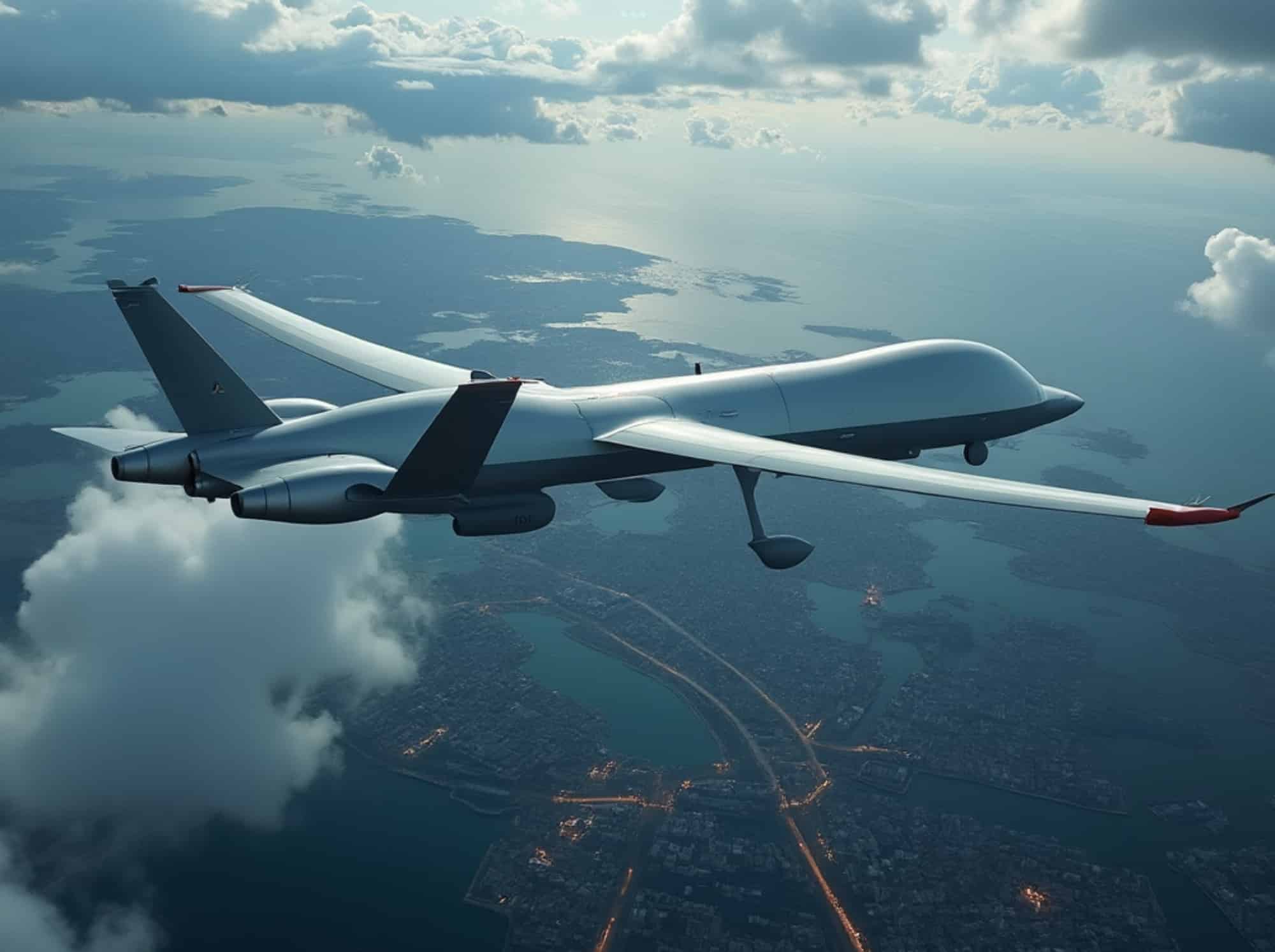

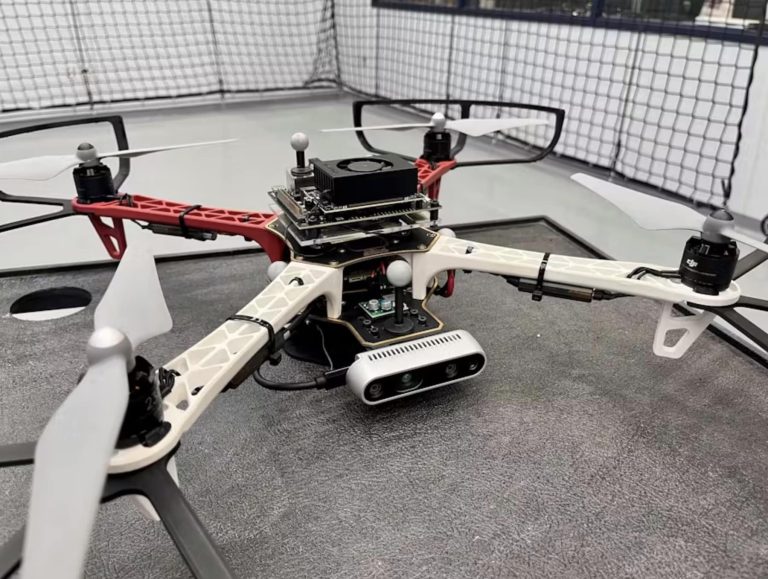

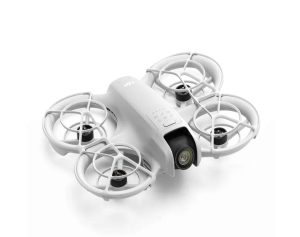
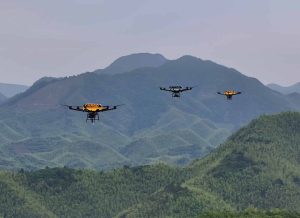
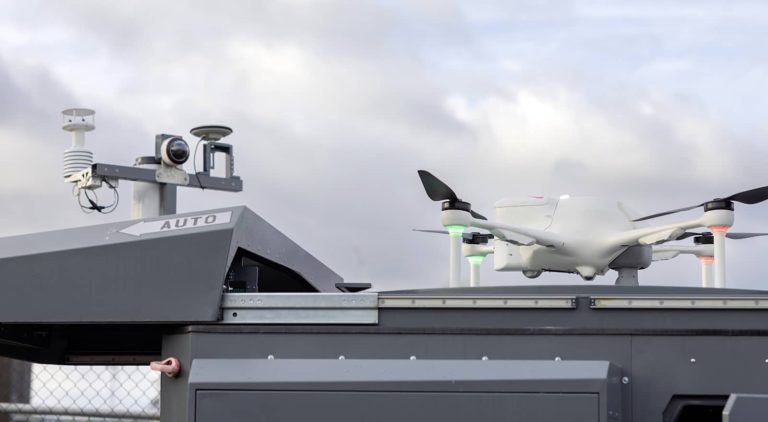


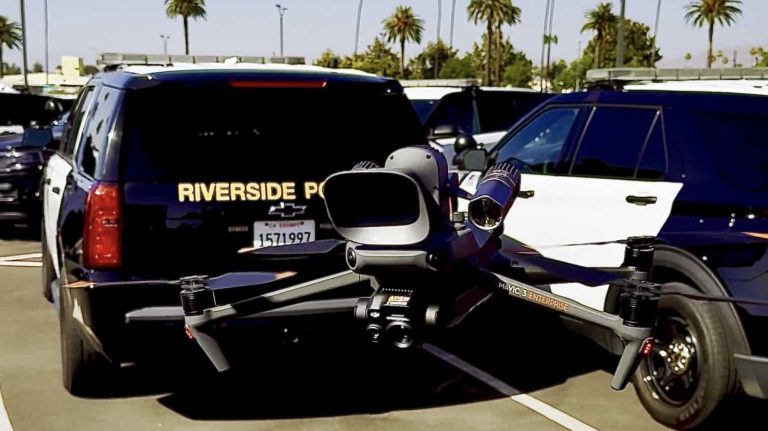
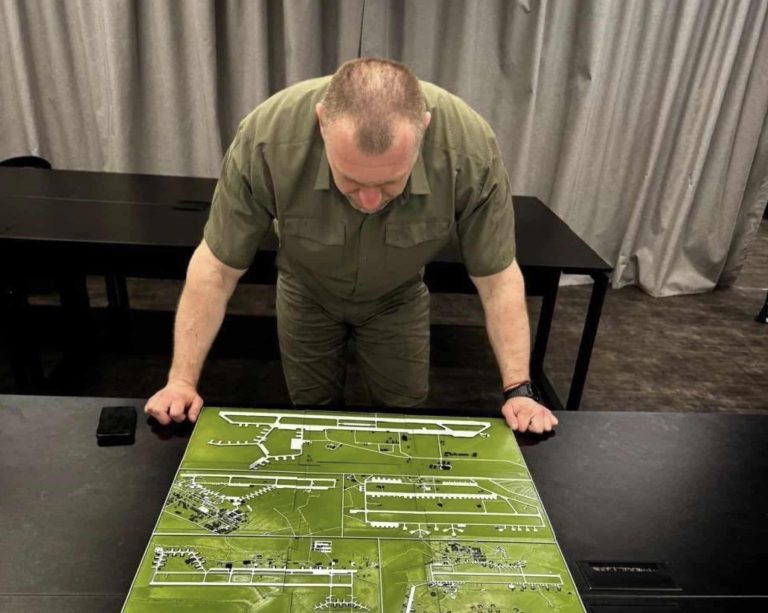
+ There are no comments
Add yours